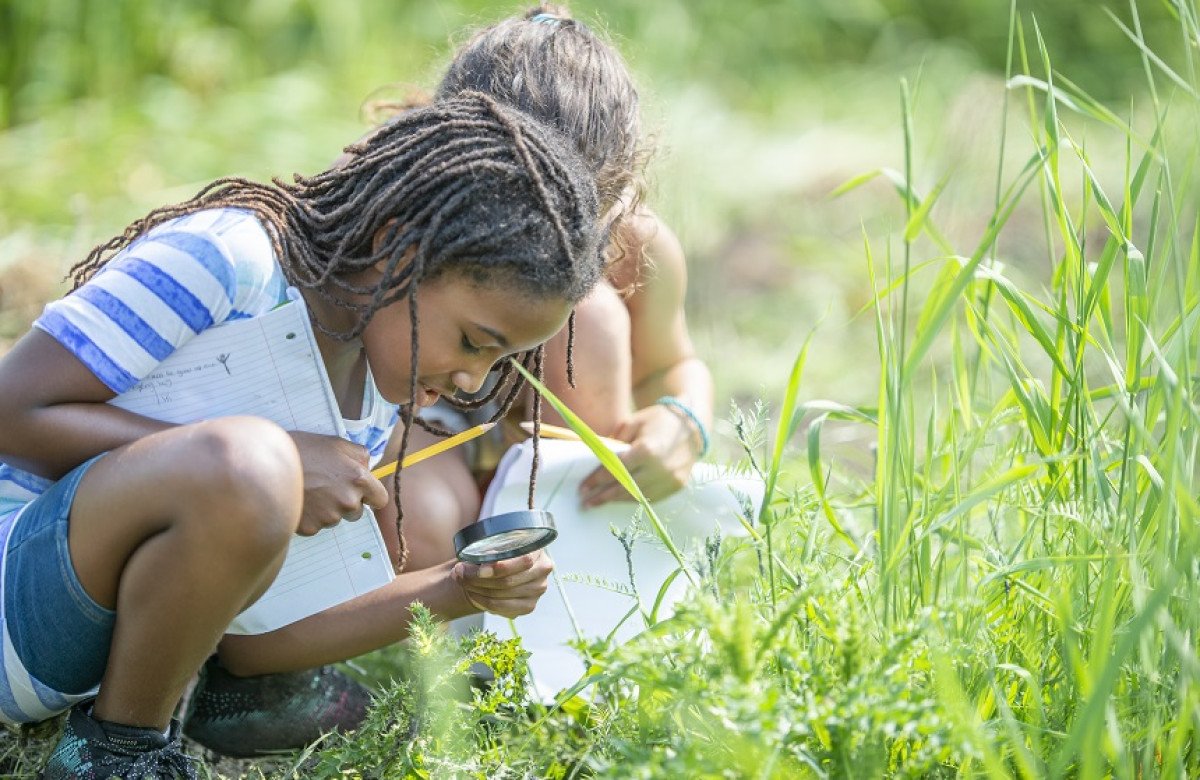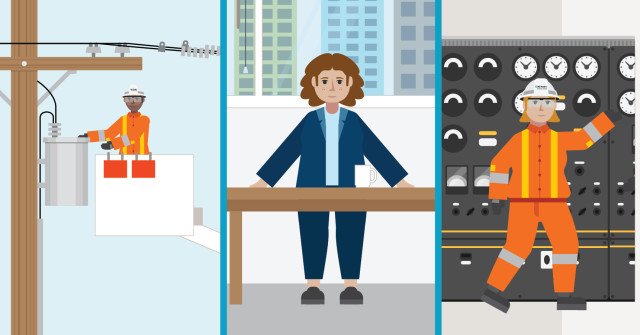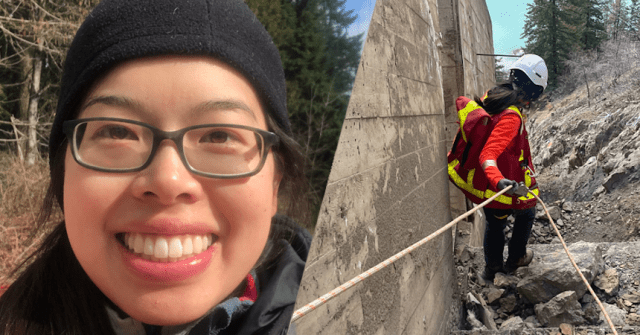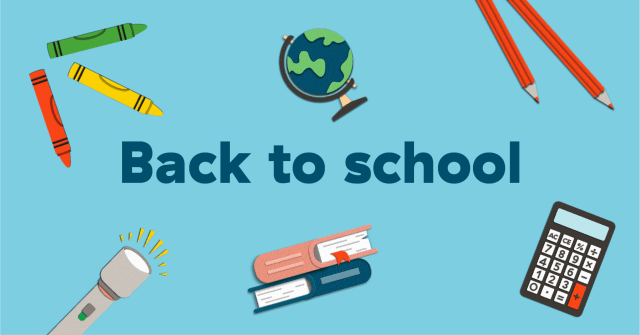This blog post was developed with the support of our partner Science World. Together we aim to help students and community members develop a clean energy mindset and power smart practices for a brighter future.
“Educators and parents have a special opportunity to ask themselves, “What kind of memories of play do I hope for the children in my program/school/family to have?”
– Excerpt from the BC Ministry of Education ‘Play Today’ handbook
We can thank the Finns, in particular, for opening our eyes to the importance of play-based learning in early childhood education and beyond. The so-called Finnish “education miracle”, in which students famously don’t start school until age 7 yet usually achieve the best academic scores in Europe, has allowed us all to embrace what now seems obvious.
“I think we now understand the power of play and its impact on thinking critically, having open-ended experiences, and being an active learner,” says Marianna Cavezza, early learning specialist at Science World in Vancouver. “It’s pivotal to have those experiences that tap into your senses, and just having those moments to think outside the box – not just rote, passive learning that is adult directed.”
If you’ve ever watched kids dive into learning at Science World, you’ll know the magic of the place. So we talked to Cavezza and her Science World colleague Sarah Tulga, the centre’s climate education specialist, for ideas and insights into play-based and experiential learning. And they’ve recommended resources you can use, as a teacher or parent.
Try some sensory mapping
You don’t need to meditate to fully notice all the sights, sounds, and smells around you. Head outdoors and make a point of activating the senses. Exploring and observing our world through our senses is one of the first things we do as kids.
“Walk around your school, backyard or neighbourhood and ask ‘what are you hearing?,” says Tulga. “Where is it, and why? Discuss it. Make a map of it.”
“And while maybe you want to choose wisely where you do this,” adds Tulga, with a laugh, “smell mapping can be a fun thing too, especially as we go through seasonal changes. Some smells happen in spring, others, in summer. You can talk about that, the phenology [seasonal changes] of trees and plants.”
Try the Power Smart For Schools activities What’s that sound?, Let it Rain, or explore Science World’s Backyard Sensory Map activity.
“I know we like to think of nature sometimes as an escape, as in ‘we're going out to this national park’ or ‘we're going to this little oasis,’” says Tulga. “But nature is all around us, even in urban settings. You can hear lots of nature sounds mixed in with the sound of the SkyTrain or a car alarm. It can be crazy, chaotic. But chaos is life, right? Building that awareness of nature, amid the chaos, is important.”
A better walk through the forest
It’s one thing to go on a walk or hike. It’s quite another to notice everything that’s there, to touch it, build with objects found in nature, and let creativity run wild.
“Imagine you're a kid and what you can do with pine cones and sticks of different sizes, and leaves,” says Tulga. “That’s where you can really get creative and you can make some of the most creative things. You can act out imaginative stories, make art with pine cones, see that art fall down and turn into a compass for a game other kids are playing. Then it turns into lava! It’s an endless cycle where our actions are turning into someone else’s creativity.”
Tulga says it’s important to be mindful of leave-no-trace principles in parks and protected areas. She recommends spending time in areas where sensitive ecosystems won’t be disturbed, such as in forest schools, backyards, and Science World’s nature play area.
Cavezza suggests bringing rocks, sticks and other objects – even mud in a bucket – indoors to pursue “loose parts play”, which invites creativity, endless possibilities and problem-solving. Don’t underestimate that power, she says.
“Children need to be excited about what they're learning,” says Cavezza. “It needs to be fun and engaging. Kids need to be the creators or co-creators of what's happening.”
Gardens, food, and community
As part of sustainability programming at Science World, kids head outside to the gardens at Ken Spencer Science Park to learn to grow and harvest vegetables. And it doesn’t stop there.
“In partnership with a local community centre, we’re donating the harvest to the community,” says Tulga. “The kids will be visiting the community centre as they drop off this harvest, and will learn about their role in the world. There’s the real-world problem of food insecurity in our neighbourhood, Strathcona.”
Each week during this summer, products from the Ken Spencer Science Park gardens are donated to Strathcona Community Centre’s food security programs.
Tulga says kids in Science World’s summer camps also learn about how to grow food at home. In alignment with the United Nations’ Sustainable Development Goal 2 (Zero Hunger), they’ll be asked questions about what growing our own food is about, what plants need, and what a healthy diet looks like. They’ll make salads, learn how to make a salad dressing at home from scratch, and how to use the full plant of a carrot.
Not surprisingly, summer camps at Science World filled up a day and a half after registration opened this spring. But kids don’t have to be part of a camp to explore the garden or to take in a live show there. And beyond Science World and Vancouver, there are opportunities across B.C. for getting involved in community gardens and community kitchens.
Here are a few examples of kids and gardens/food activities from around B.C.:
The power of the open-ended question
Play-based and experiential learning takes off when kids are encouraged to express themselves without fear of feeling there’s a correct answer they may get wrong.
“Ask children questions that allow them to elaborate,” says Cavezza. “Ask things like ‘What do you see when you look in the sky? Or ‘What shape can you find in this plant or in this garden?’. And no answer is wrong. Build upon their ideas, and give them the freedom to just express what they’re thinking. It’s really important to cultivate a growth mindset from an early age to help kids feel comfortable about expressing their ideas openly, and to share them in a group.”
Here’s a list of activities designed to promote movement and use the senses.
Science World resources to take kids outside
If you’re looking for more ideas, here’s a roundup of some popular Science World resources and activities, with an emphasis on getting kids outdoors.






